After walking around, going shopping, and eating Japanese street food at Nakamise-dori, we headed to the famous Senso-ji Temple, a Buddhist temple found in Asakusa, Tokyo. Founded in the year 628, Senso-ji Temple,also known as the Asakusa Kannon Temple, is the oldest temple in Tokyo. According to legend, Hinokuma Hamanari and his brother Takenari, both fishermen, were fishing in the Sumida River when they suddenly found a statue of the Bodhisattva Kannon in their net. The Boddhisattva Kannon is known as the most compassionate deity, who performs miracles and saves people who turn to her. It’s been said that no matter how many times they returned the statue back to the river, it just kept coming back to them!
After passing through Nakamise-dori, we wound up at the second gate leading up to the temple called the Hozomon (宝蔵門) gate. A 2-storey gate, the upper part of the gate contains all of Senso-ji’s treasures.
Upon entry, at the back of the Hozomon Gate, on both sides of the temple, you can see waraji sandals, sandals made out of straw ropes. This used to be the footwear of choice of the of the common people in Japan, as well as the samurai class. It’s easy to overlook these sandals (I did!) but when you find out that it takes a year and a half to make these waraji sandals, and that 800 people team up to work on each pair, you will be in awe of them. I found out that these sandals were donated by the people of a town called Murayama, and they have been donating these sandals since the 1960’s. Why sandals? Here’s a good explanation from The Japan Times:
Simple versions called warazori were for everyday wear, while waraji,which have ties to secure the woven sole to the foot and leg, were for travel and work. At some point, people began to offer waraji as part of theirprayers, primarily for safe travel and lower-body health. “Leg strength was very important in those days,” Ichida explained. “If your legs weren’t strong enough for labor, you didn’t eat.”
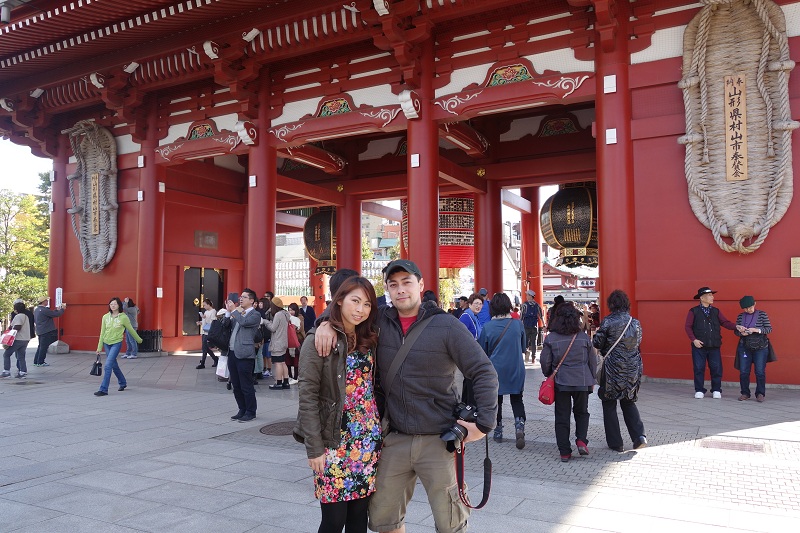
One of the most striking elements of the Hozomon is the three giant lanterns that hang from the gate. At the center is a red chōchin, surrounded by a bronze tōrō on both sides.
Outside the temple’s Main Hall, you will find rows of these white Japanese lanterns with calligraphy.
Inside the temple grounds lies the Asakusa Shrine, also known as Sanja-sama. The shrine pays tribute to the two fishermen brothers Hamanari and Takenari, as well as Hajinomatsuchi, a wealthy landlord who heard about the two brothers’ discovery and delivered a sermon about Buddha, therefore, converting the two brothers to Buddhism. The landlord, together with the brothers, consecrated the statue in a small temple, which is what we know now as the Senso-ji Temple. The three men are considered as the founders of Asakusa, and so they are esteemed as deities.
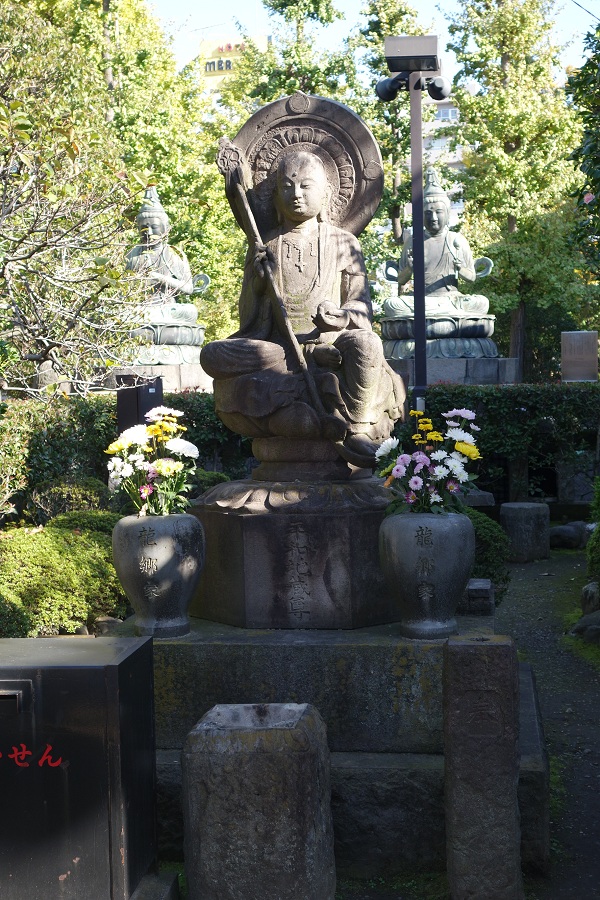
Time to get closer to the main temple!
On the side of the temple, people are checking their omikuji fortunes, which are paper fortunes. Visitors pay to get a box full of numbered sticks, and shake it until one stick falls out. They then take out a fortune from the drawer that corresponds to their numbered stick. If you get a good fortune, you should bring it home and put it under your pillow when you sleep. Also, you can’t look too triumphant because boasting about it is bad luck. Apparently, how you react to your fortune matters! You must keep a poker face, regardless of your fate.
So what if you get a bad fortune? Maintain a straight face and leave it behind! It is believed that you should leave your bad fortune where you found it, which happens to be at the temple. Visitors end up tying their bad fortunes on this rod.
One of the most interesting structures in the temple grounds is the the Goju-No-To (5-storey pagoda). In all its beauty, you wouldn’t think that it’s… a graveyard! The pagoda burned down during the air raids of March 1945. When it was rebuilt in 1973, a room for mortuary tablets was added and the relics of the Buddha are kept on the top floor.
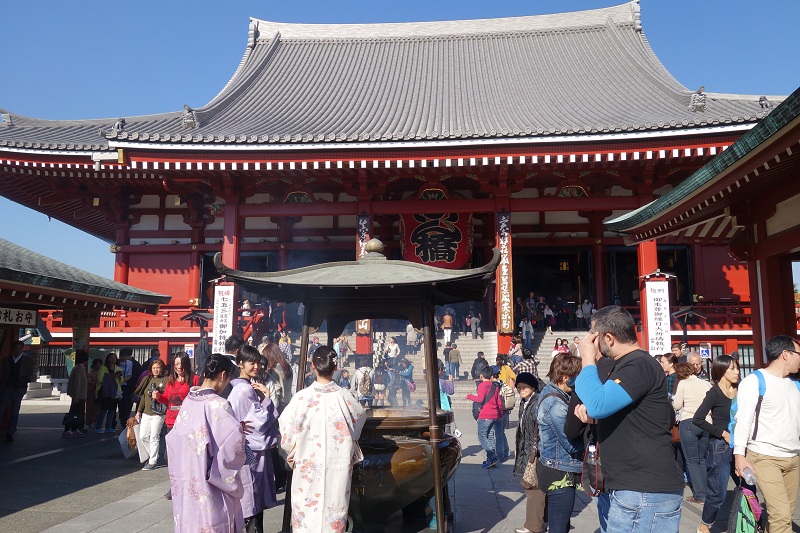
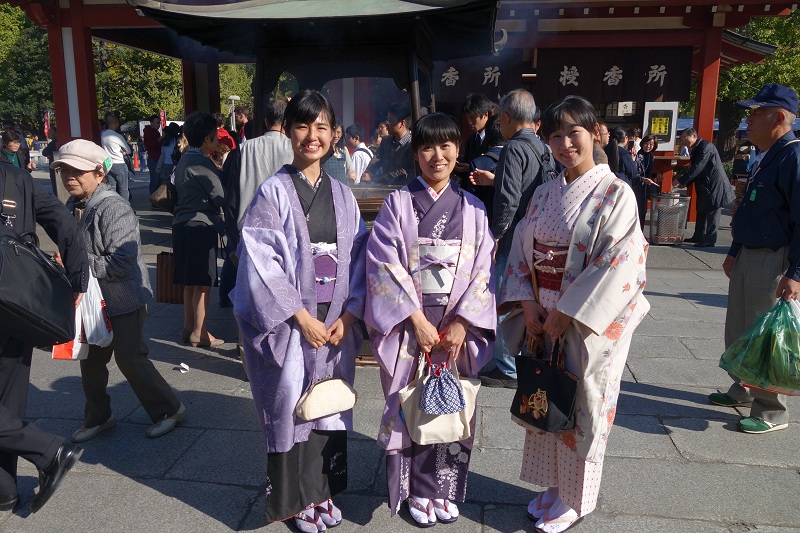
In front of the temple is a large cauldron of incense, where temple-goers wave the smoke of the incense toward themselves, as the smoke is believed to bring good health.
The Senso-ji Temple is flocked by visitors all year round. It’s not a surprise, since it’s one of the most well-known temples in Tokyo!
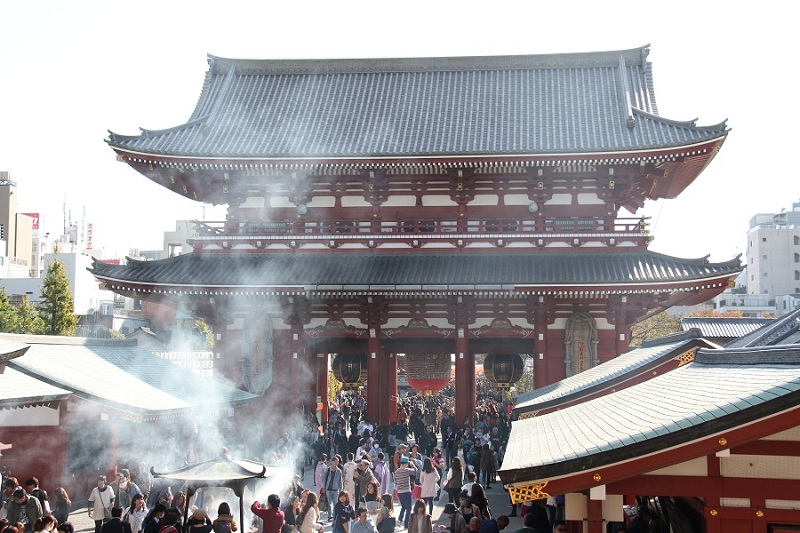
Finally, we entered the main hall of the temple.
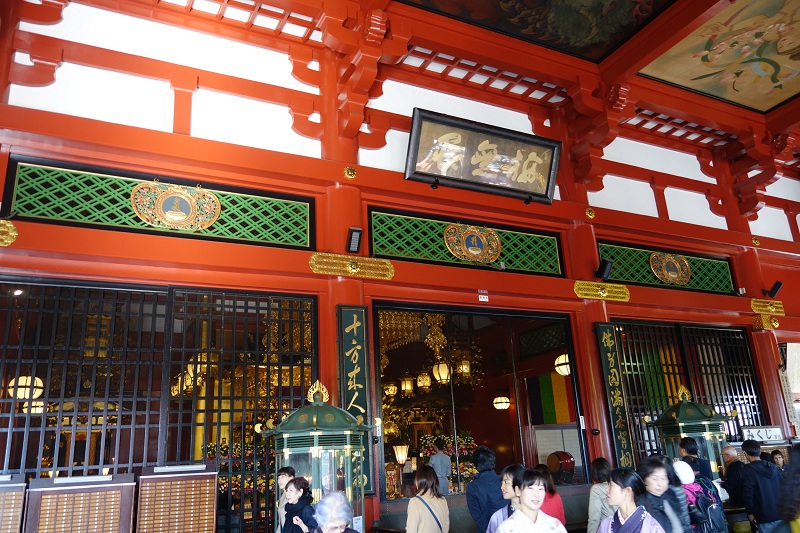
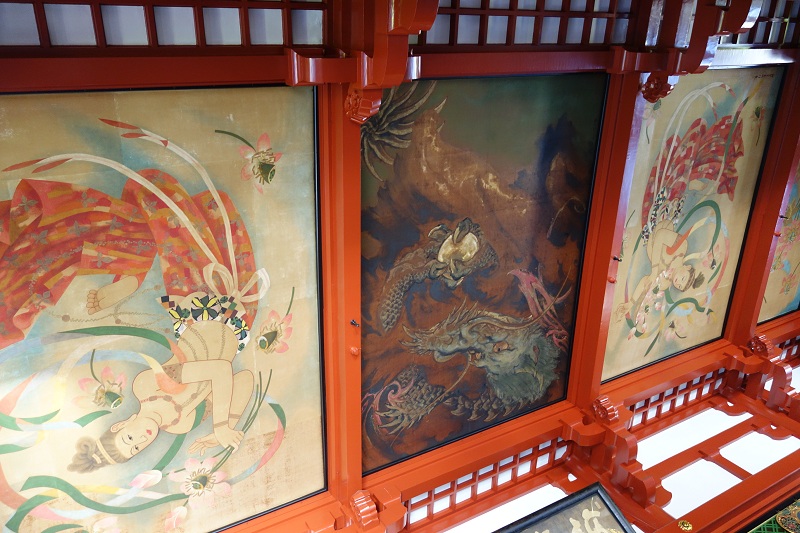
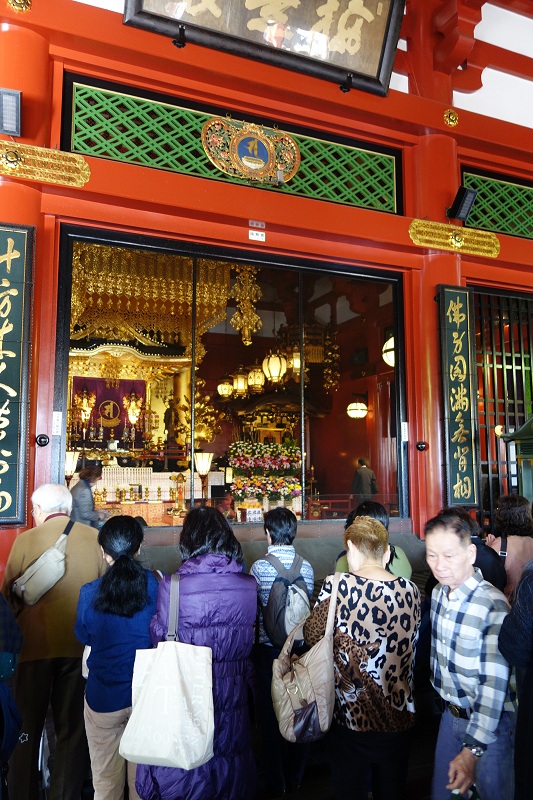
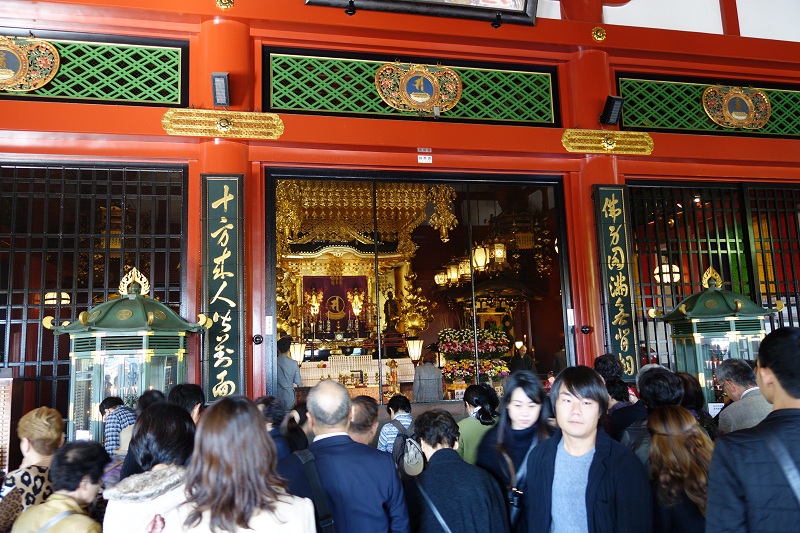
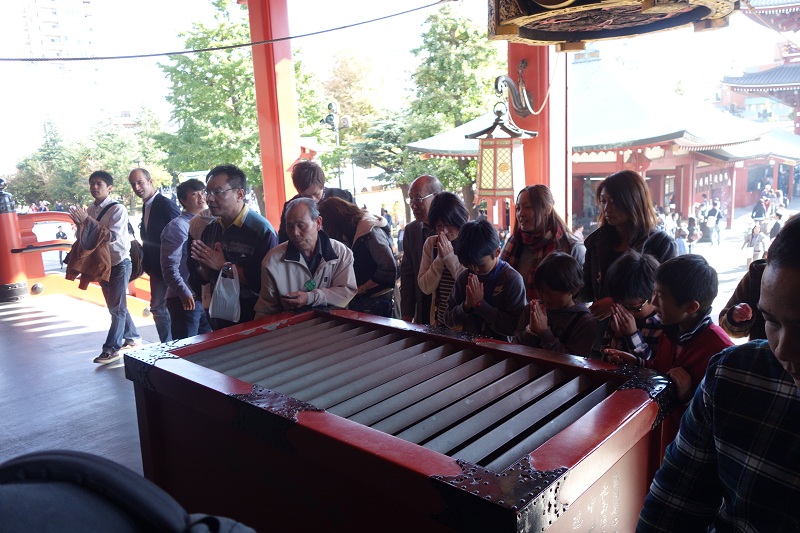
It’s hard to believe that the temple was once destroyed by the Tokyo air raids. What you see now in the photo is the reconstructed hall, made possible by the generous donations of the advocates of Senso-ji and the Bodhisattva Kannon.
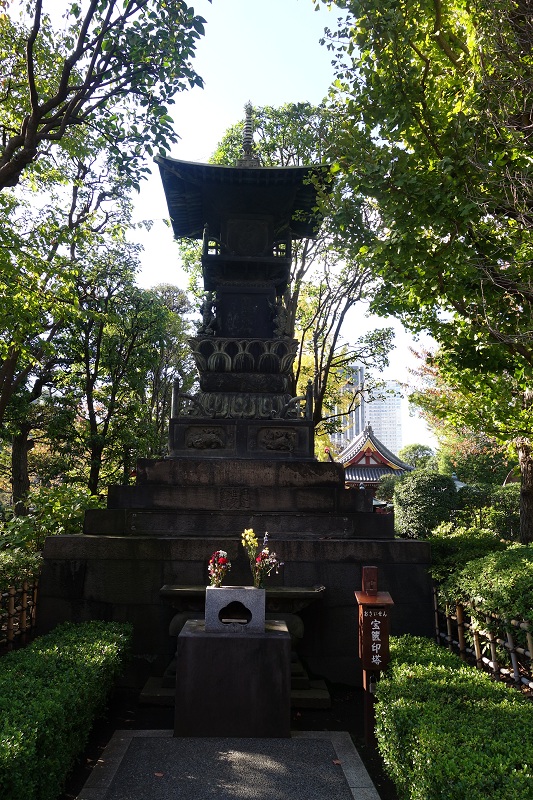
For those who want a little break from the crowds, a tranquil traditional Japanese garden can be found within the temple grounds. Here, visitors can stroll around on the small bridges, watch the koi fish swim about in the limpid pond, and savor the relaxing sounds of the waterfalls.
Since the Senso-ji Temple is a Buddhist temple, it’s only natural to find a statue of the Buddha!
Here’s why I love Tokyo: there is a good balance of old and new. Here, you can find massive skyscrapers and futuristic technology, and then you stumble upon a Zen garden or an iconic temple, like Senso-ji. While it’s a must to see Tokyo in all of its modern impressiveness, once in a while, it’s also nice to take in the sights that remind us of Tokyo’s days of yore.
Senso-ji Temple is truly beautiful during the day, but is also something else at night. Every day, from sunset up to 11:00 PM at night, visitors can enjoy a festival of lights as Senso-ji’s main structures are lit up every night. I would love to check this out next time I come back. It would also be worth checking out during the Sanja Matsuri festival (Three Shrine Festival), one of the largest festivals in Tokyo, which honors the three founders of Asakusa. In this 4-day festival held in May, three mikoshi (portable shrines) are carried and paraded around in the streets. Musicians and various performers also add life to this jovial event, and visitors can also enjoy the performances of geishas. It’s been said that about 1.5 to 2 million locals and tourists attend this festival every year. Sounds like such a fantastic celebration!
That’s it for our Asakusa diary! Our Tokyo adventures will be continued in the next post.
*Most of the information in this blog post are derived from Senso-ji Temple’s Official Website.
Senso-ji Temple
Address: 2 Chome-3-1 Asakusa, Taito, Tokyo 111-0032, Japan
Phone: +81 3-3842-0181
Website: http://www.senso-ji.jp/about/index_e.html
Opening Hours: Main hall is open from 6:00 to 17:00 (and from 6:30 from October to March). Temple grounds are always open. No closing days.
Entrance fee: Free
Hot To Get There:
*From Tokyo Station – Take the JR Yamanote Line to Kanda Station and transfer to the Ginza Subway Line for Asakusa.
*From Shinjuku Station – Take the orange JR Chuo Line to Kanda Station and transfer to the Ginza Subway Line for Asakusa.
Recommended Attire: Since this is a religious establishment, do dress appropriately (no revealing clothes!)
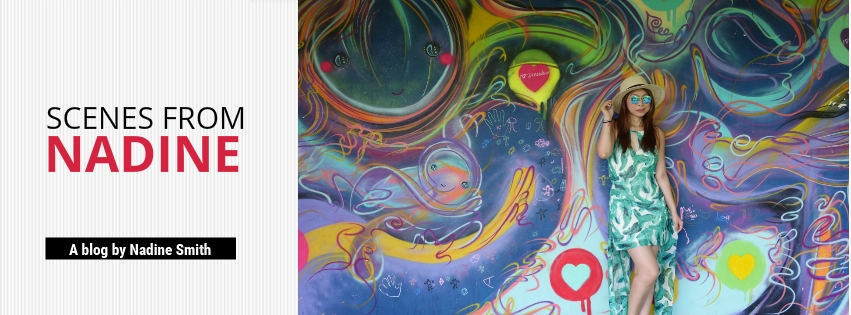
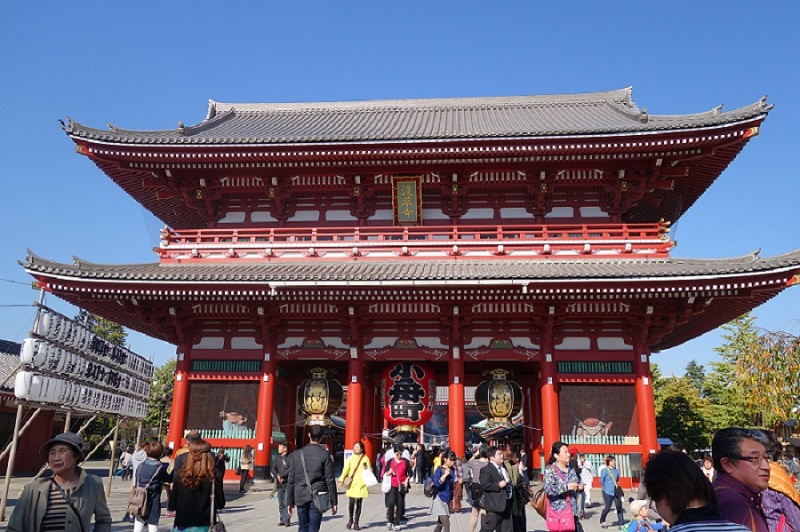

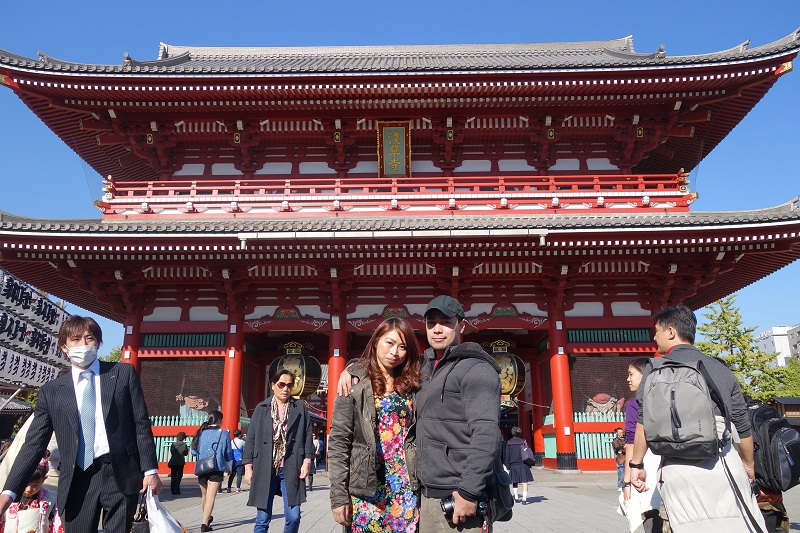
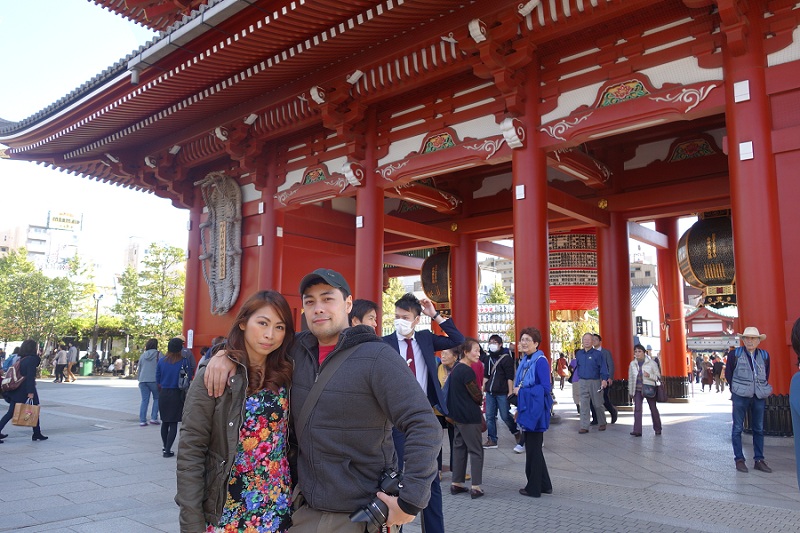
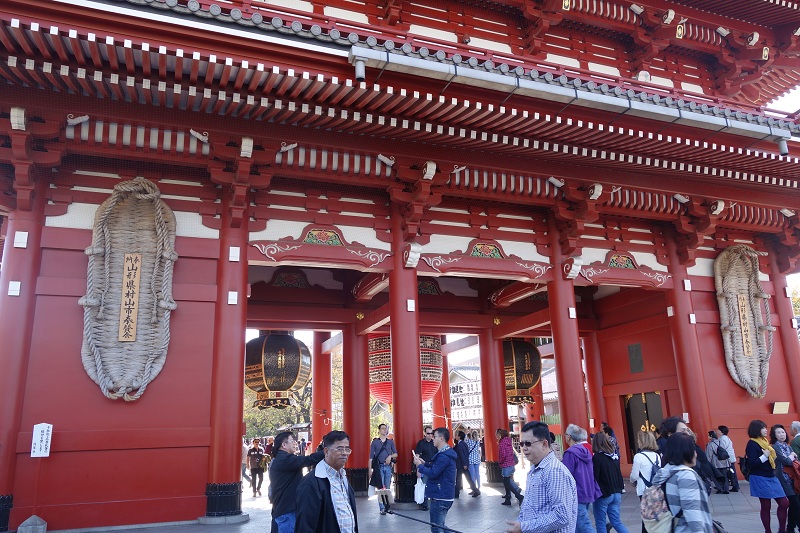
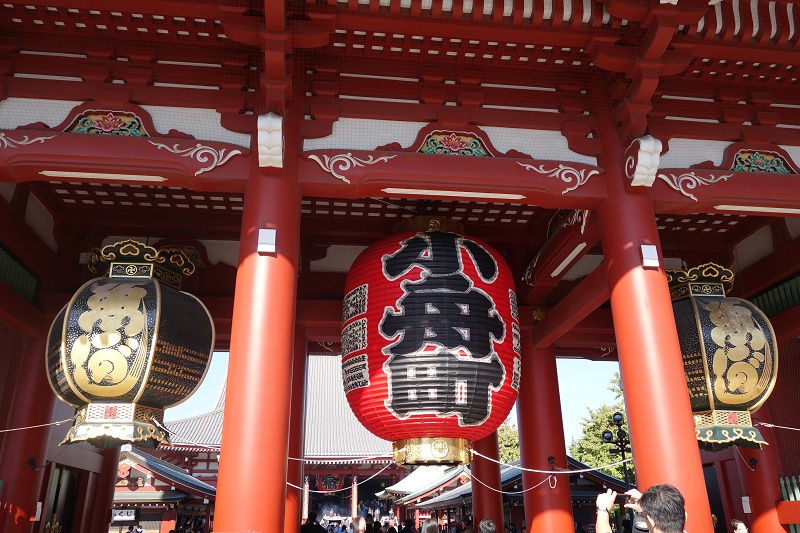
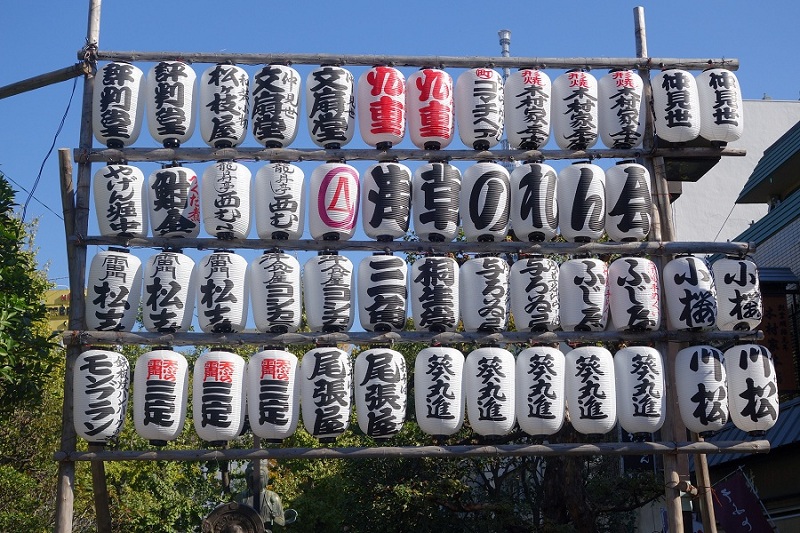
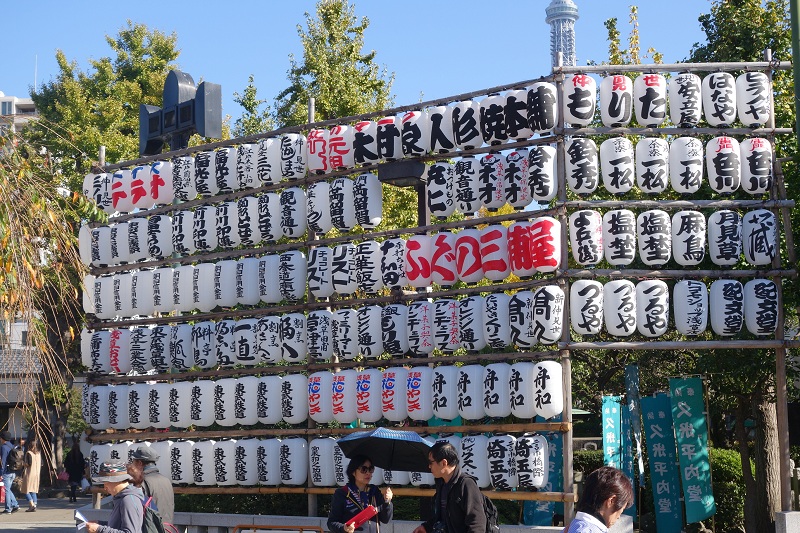
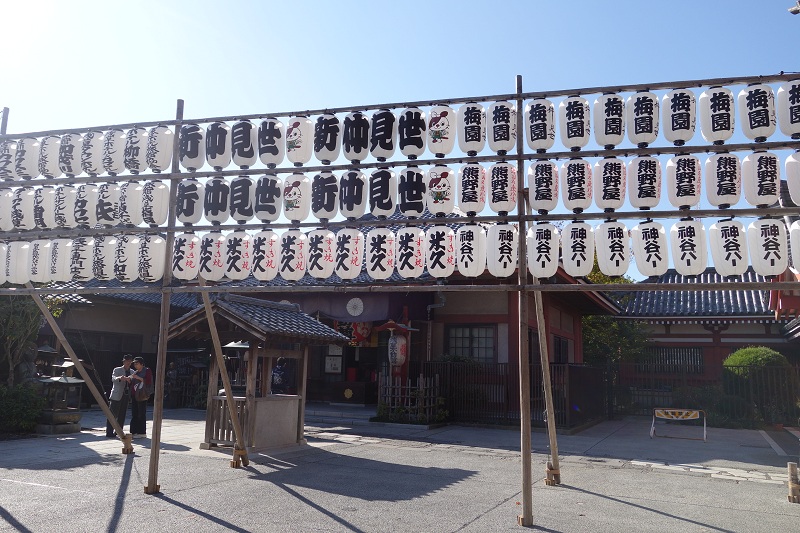
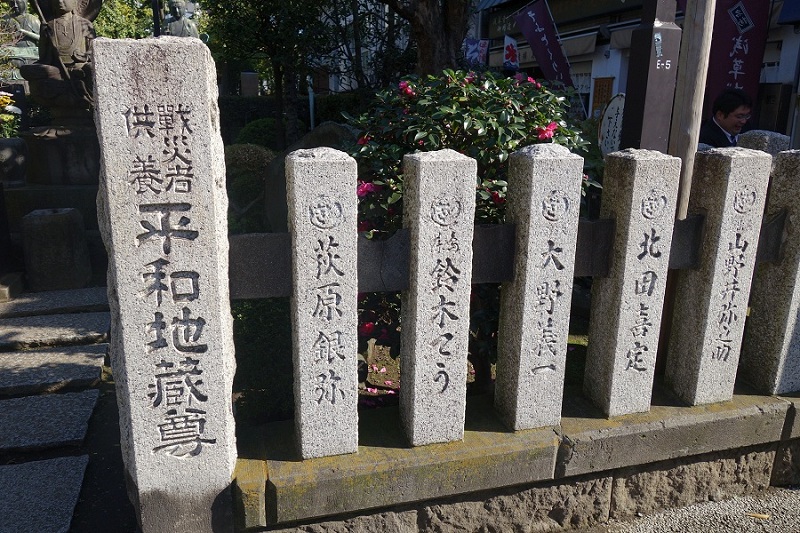
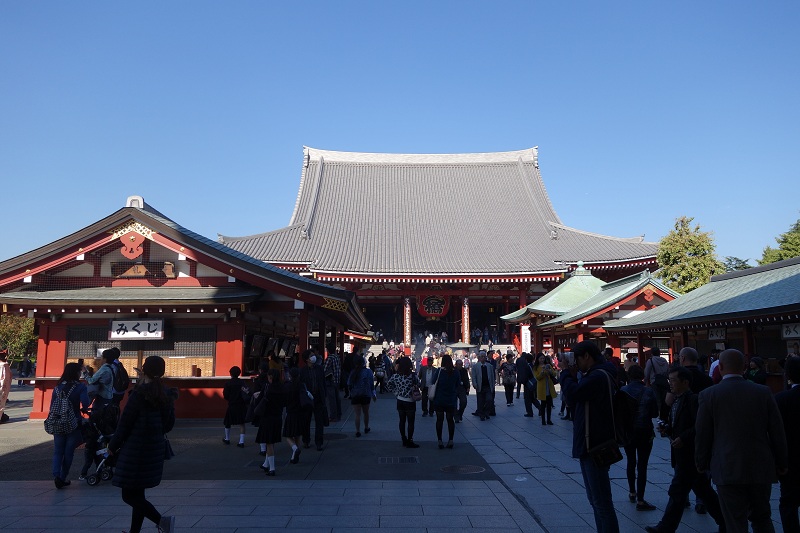
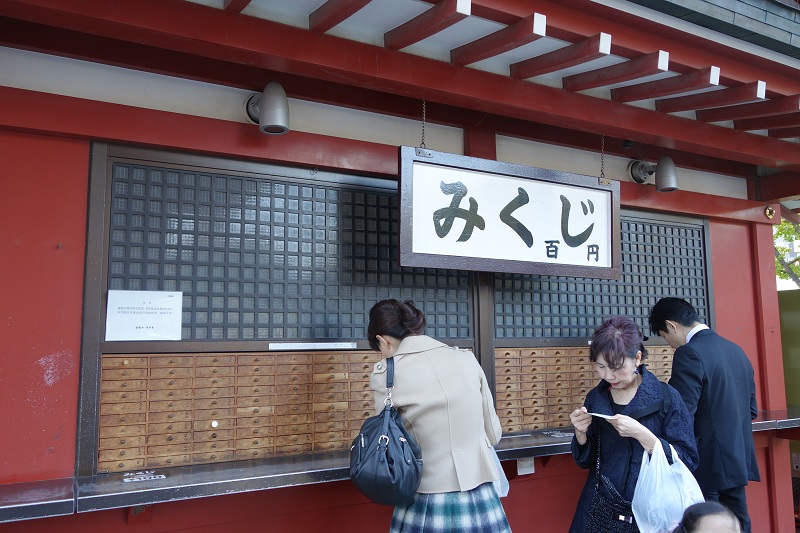
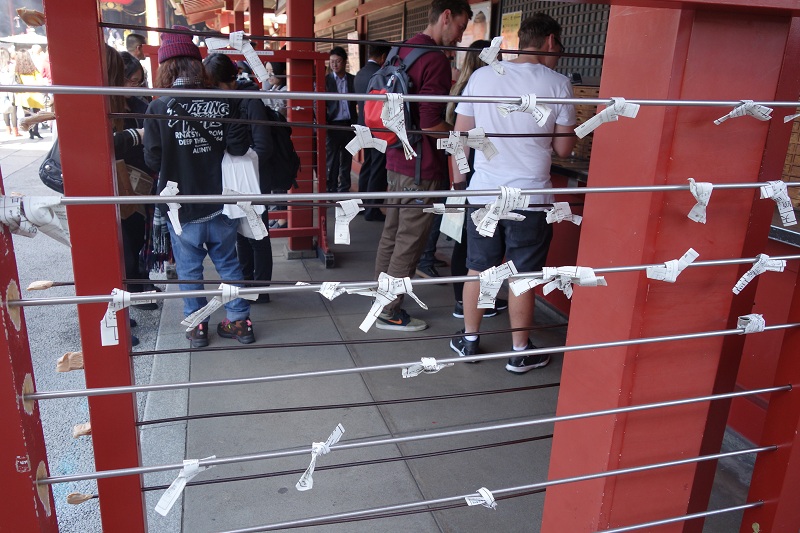
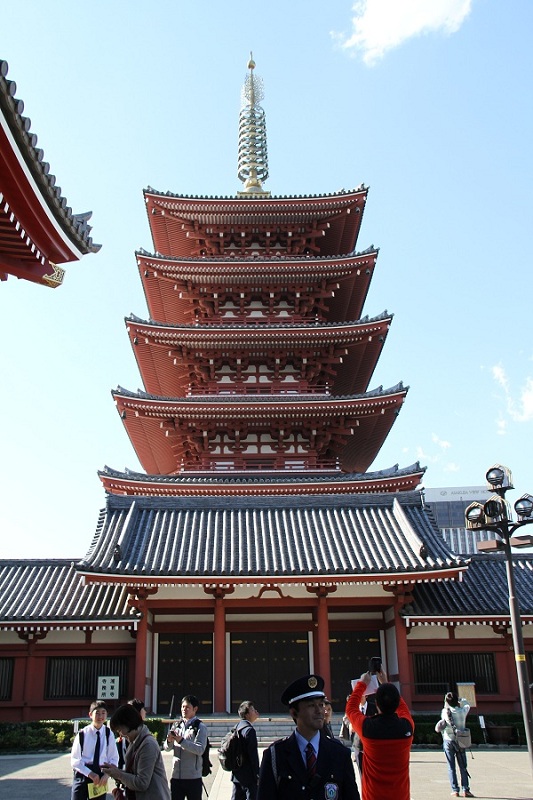
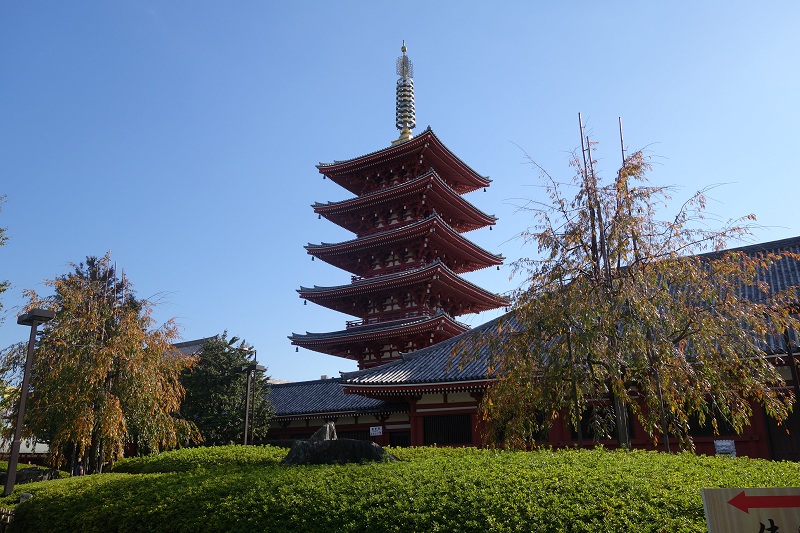
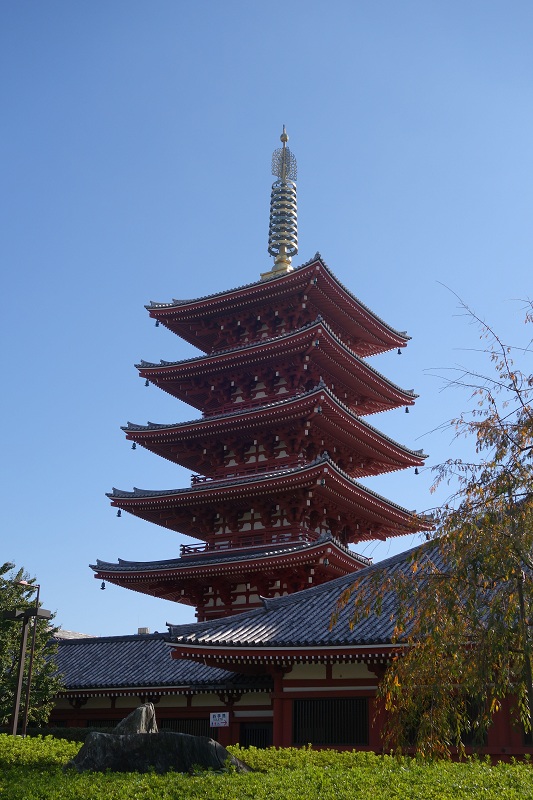
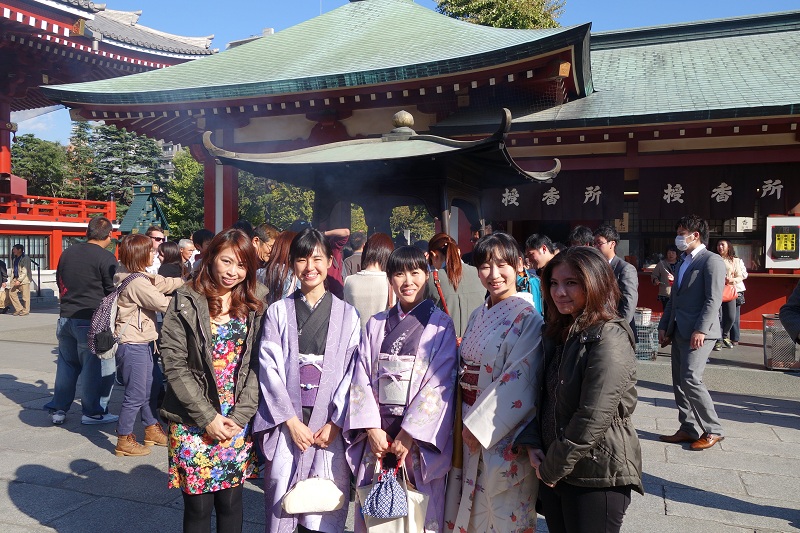
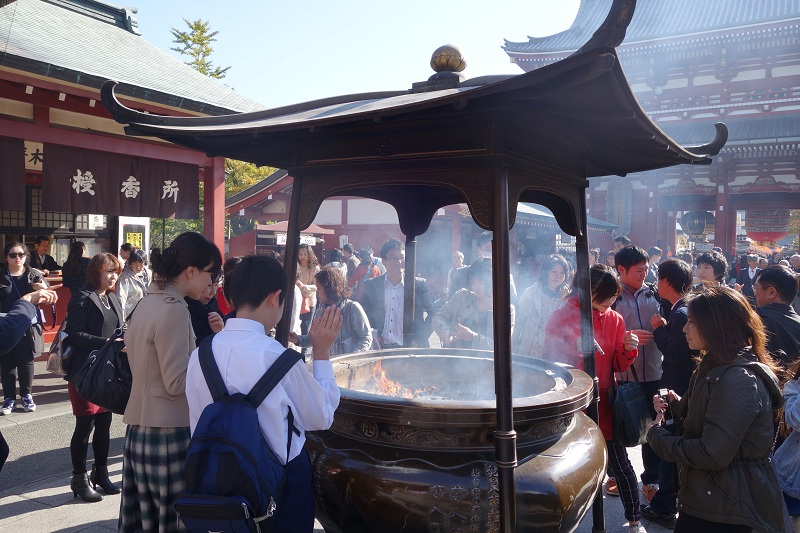
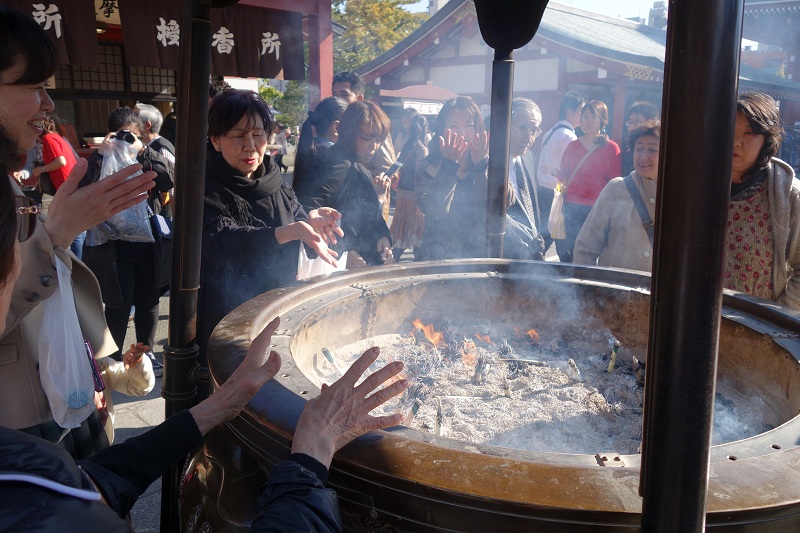
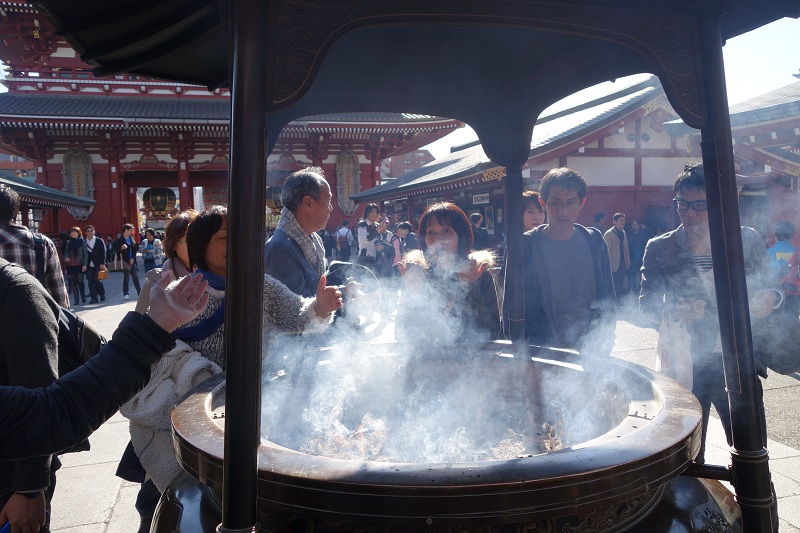
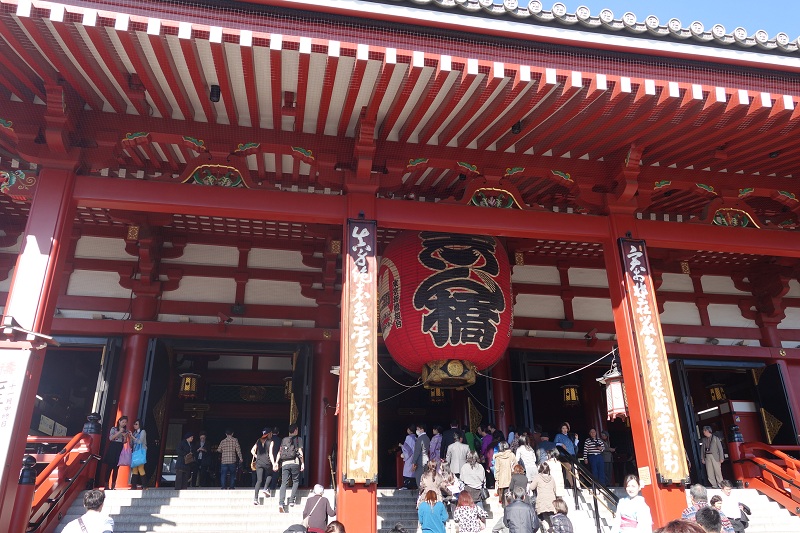
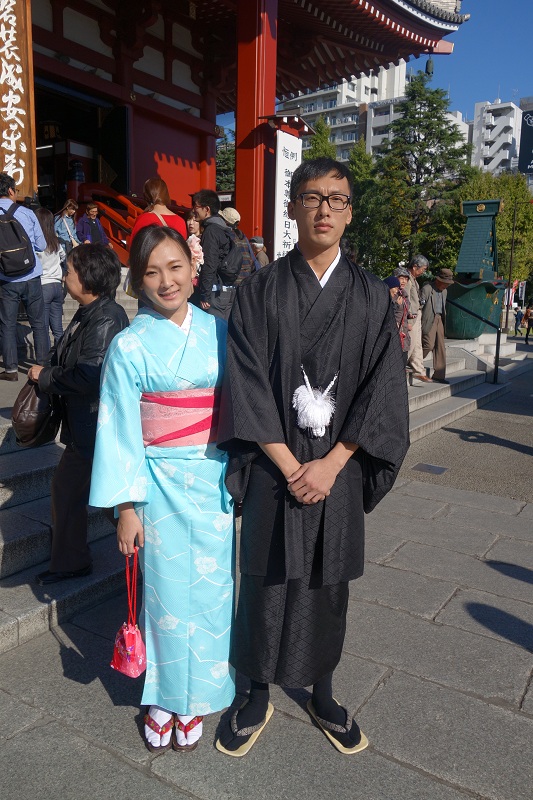
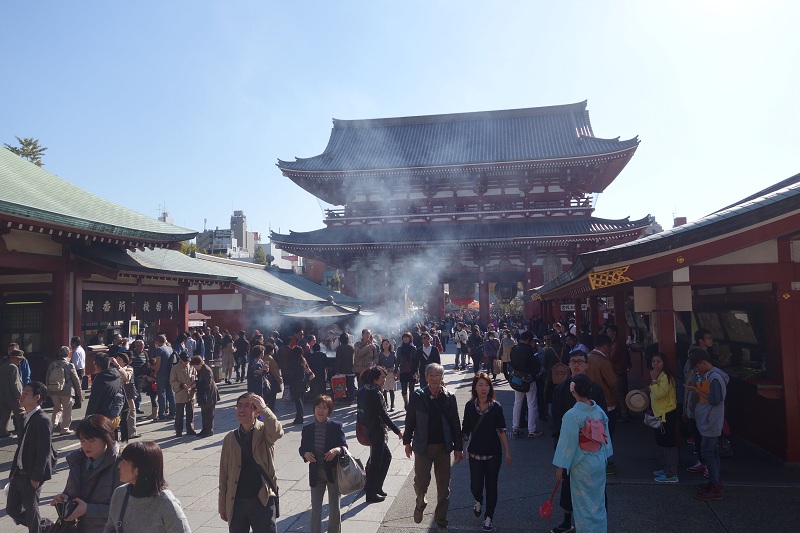

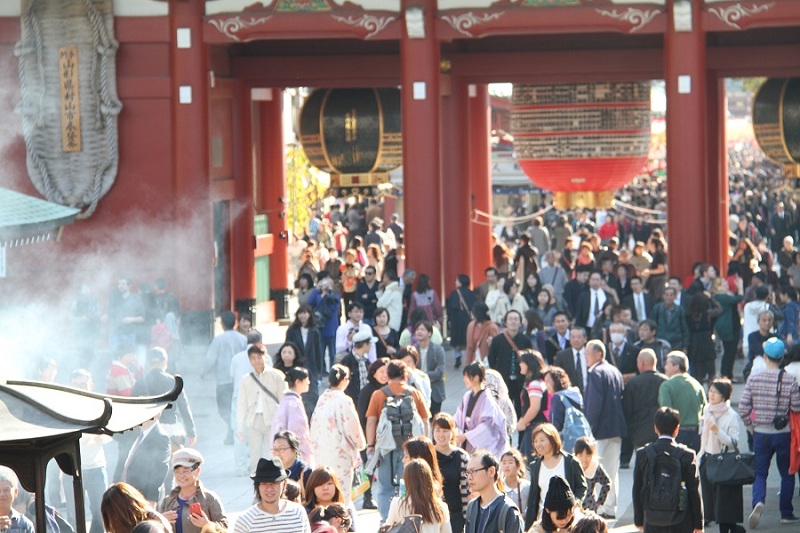
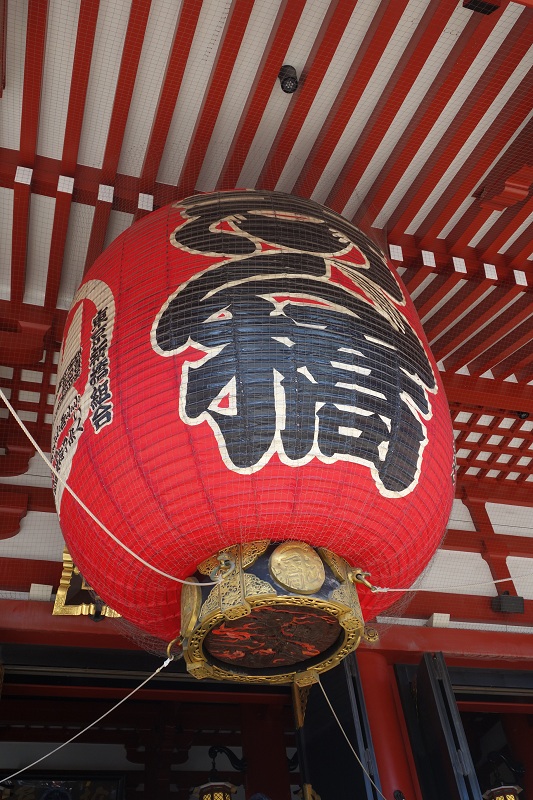
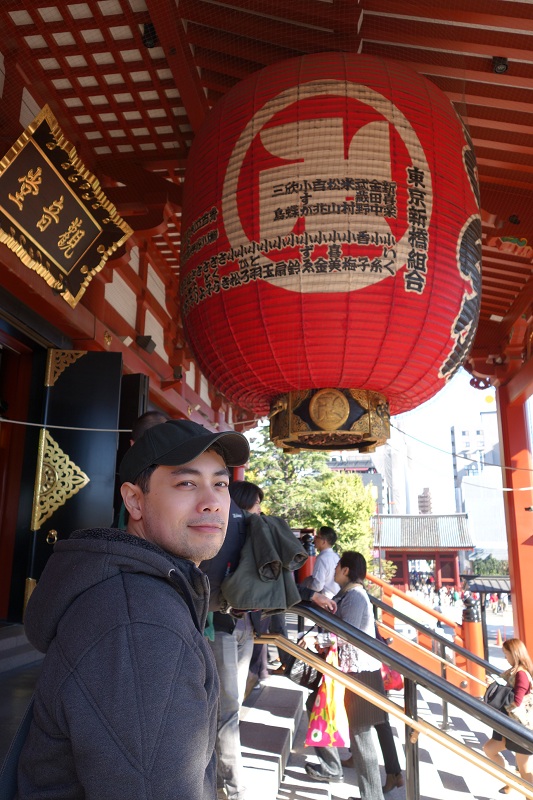
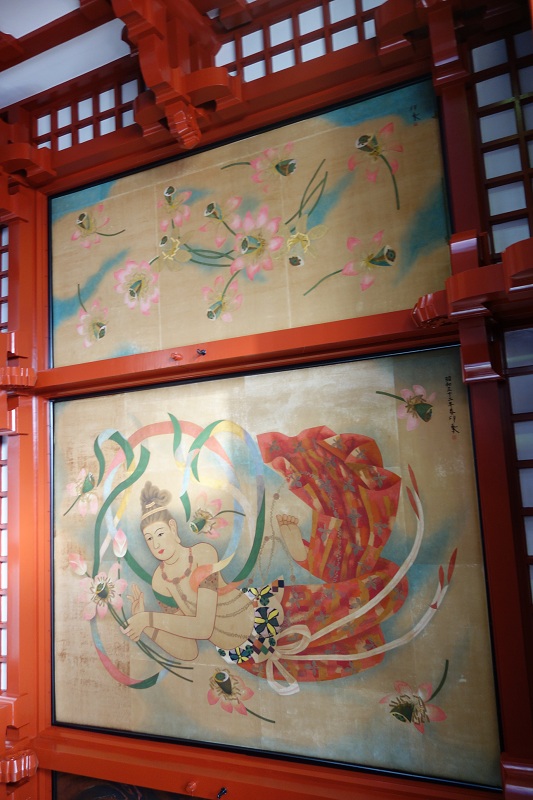
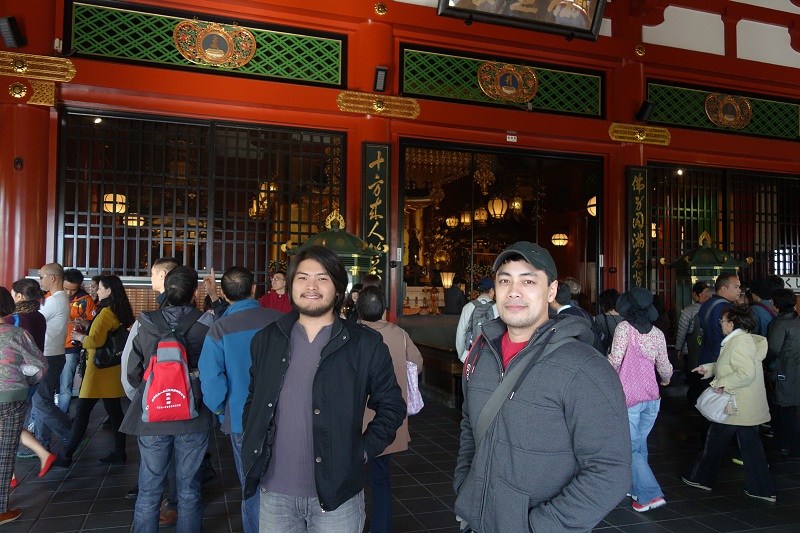
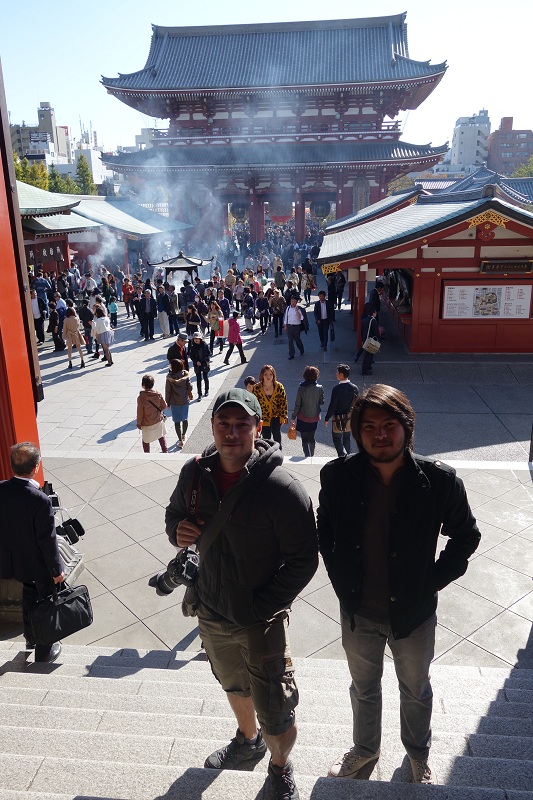

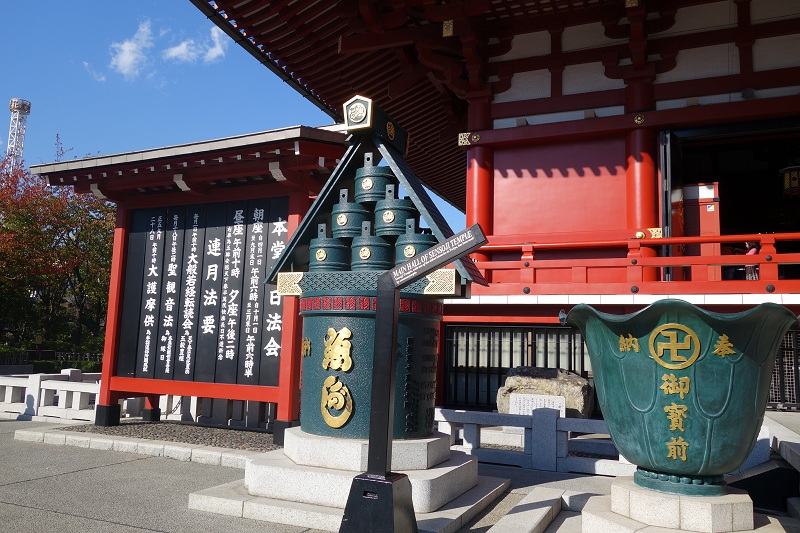
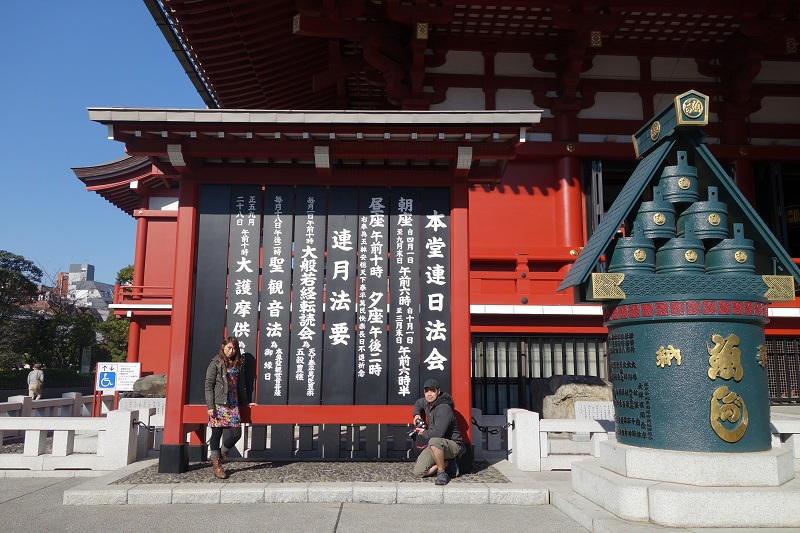
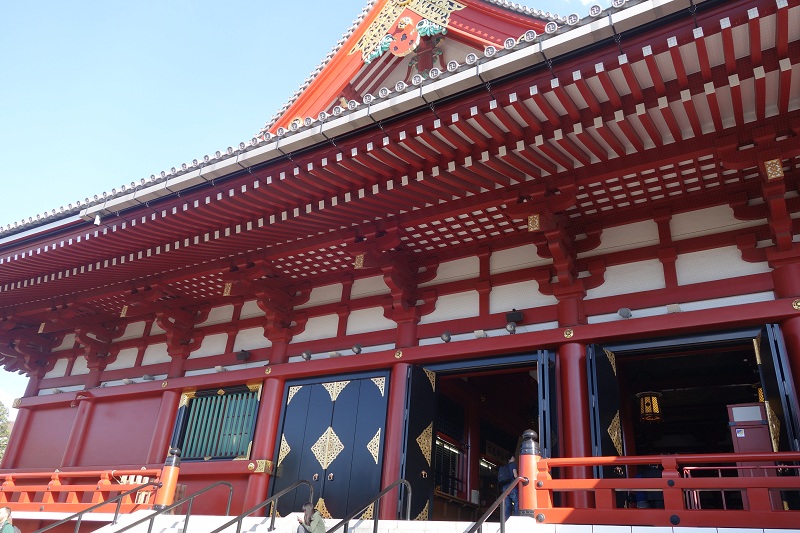

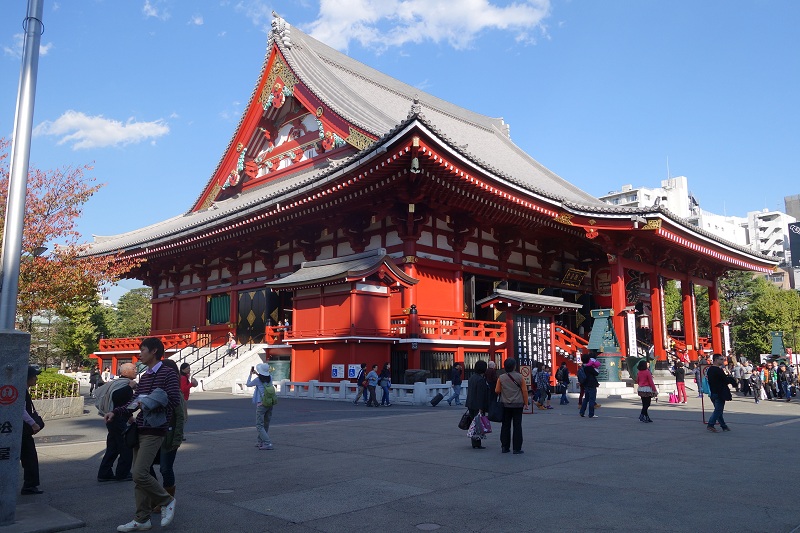
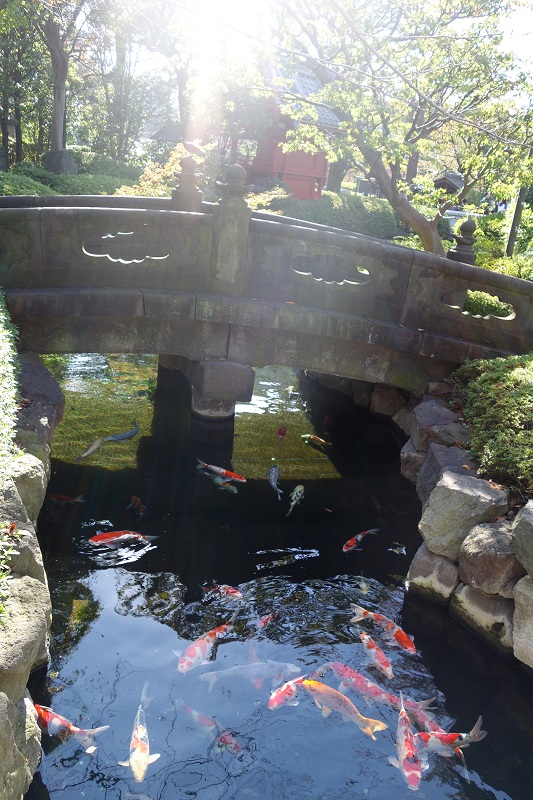
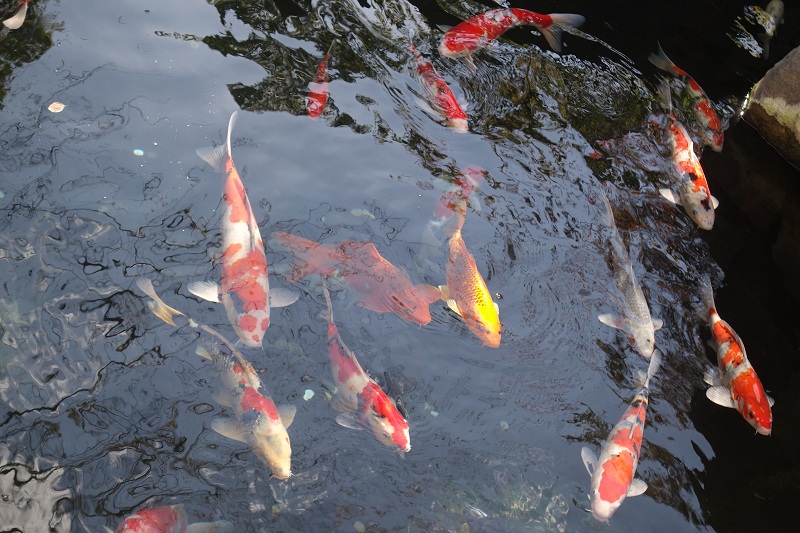
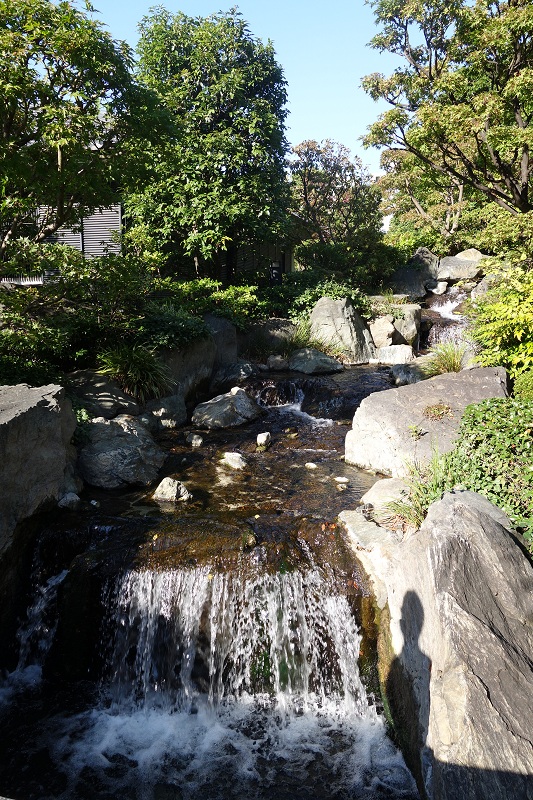
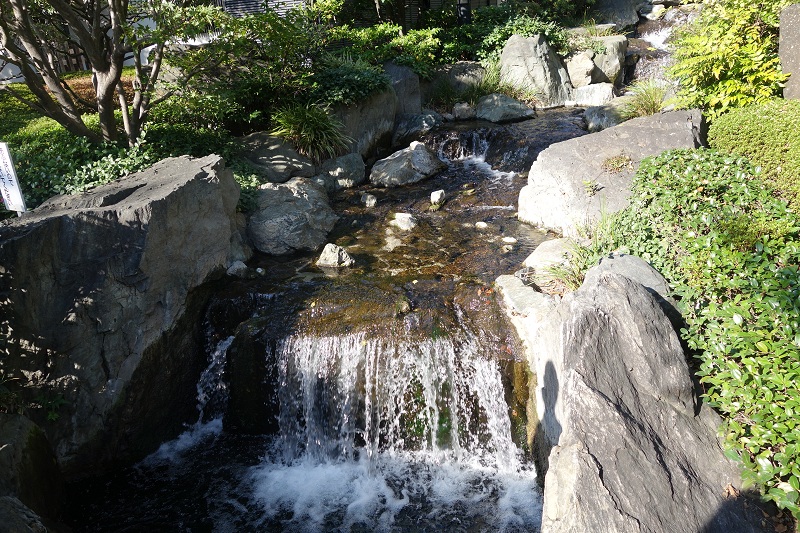


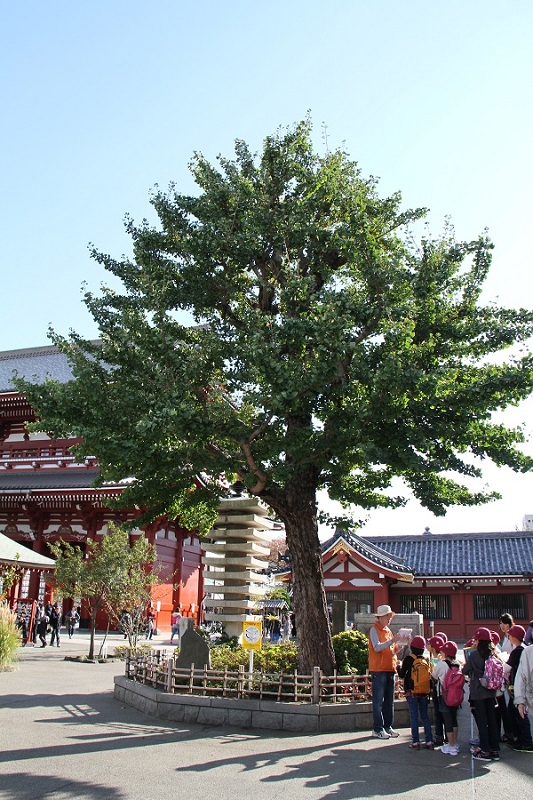

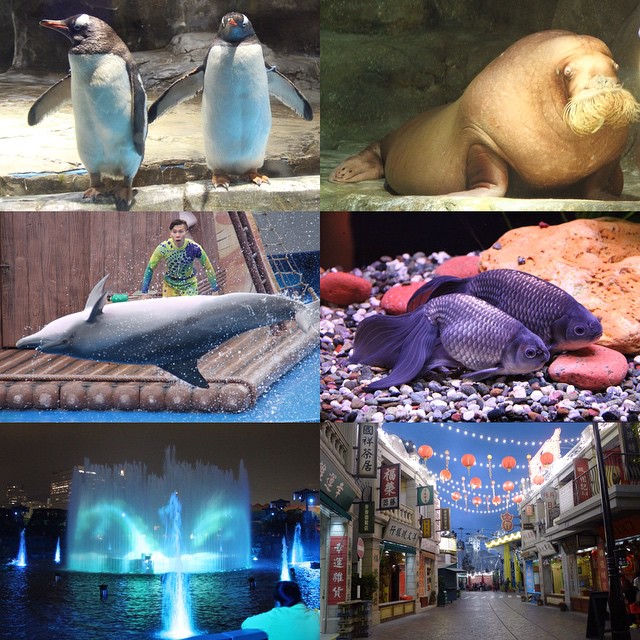
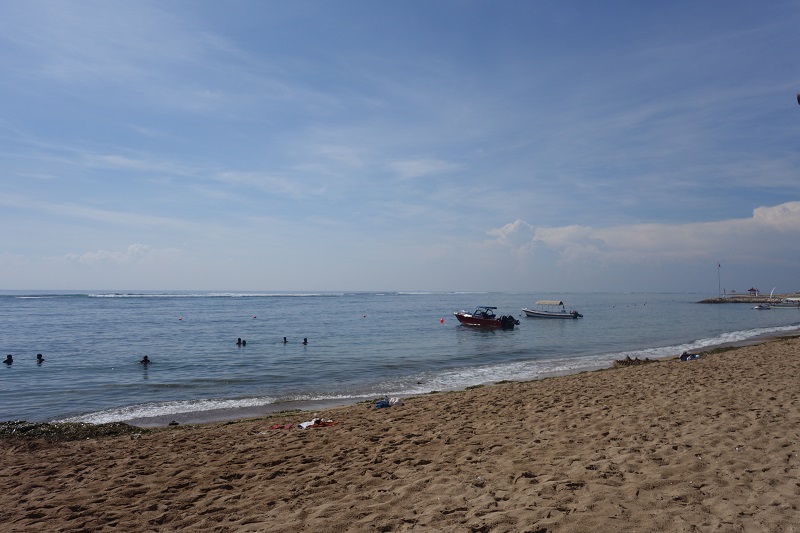
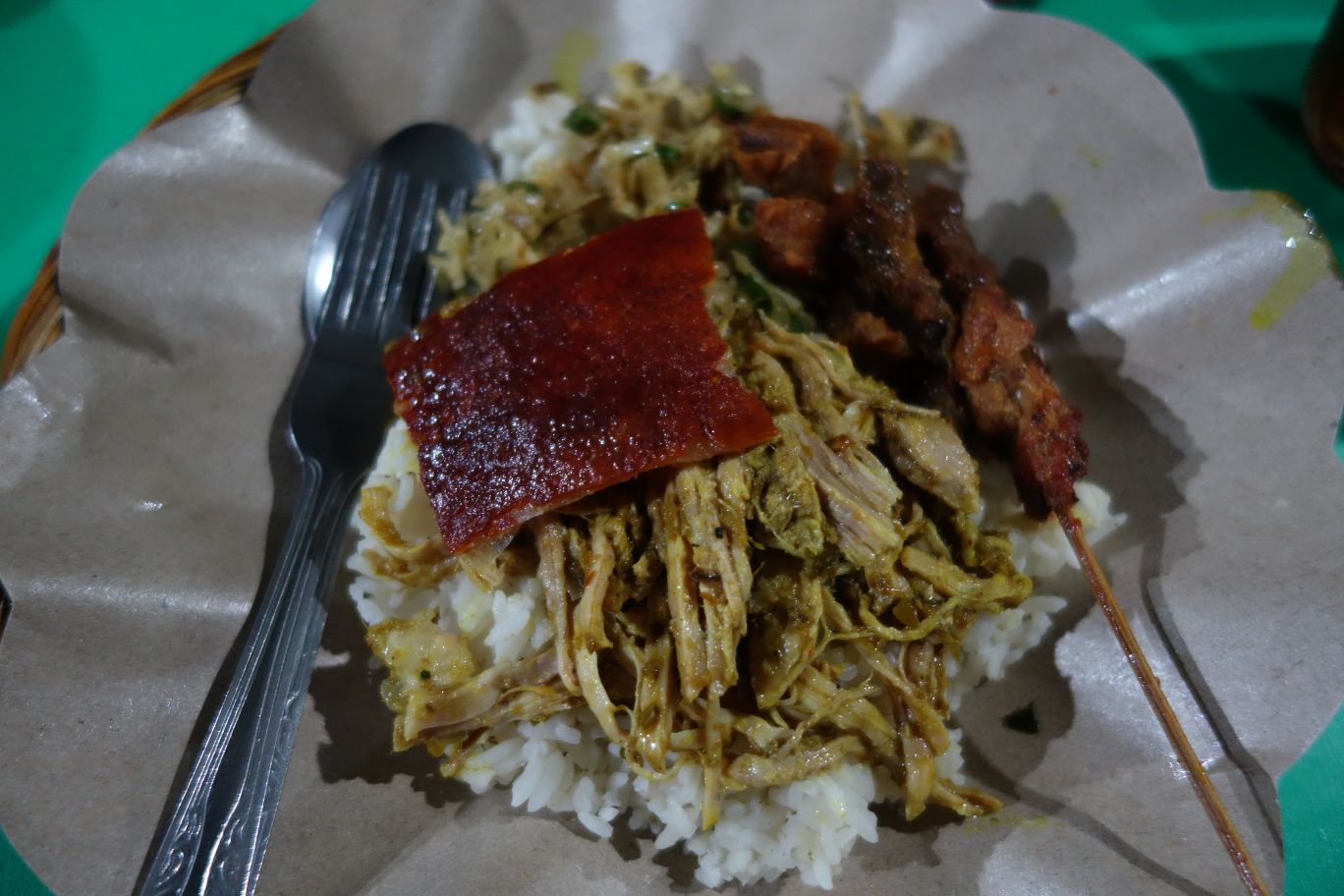
This is such a useful post for my future planned trips! Nice photos 🙂
Thank you! 🙂
[…] is a quote about omikuji (paper) fortunes from the Scenes from Nadine […]
Thank you for linking back! 🙂 Nice post!
This Senso- Ji Temple looks absolutely amazing! You are so lucky to experience a journey like this!
It is amazing! 🙂 Oh, I saved up a lot to experience this. It was worth it!